1. Italy: Red Underwear

This one comes from a superstition that red underwear inspires fertility.
2. Japan: Joyanokane
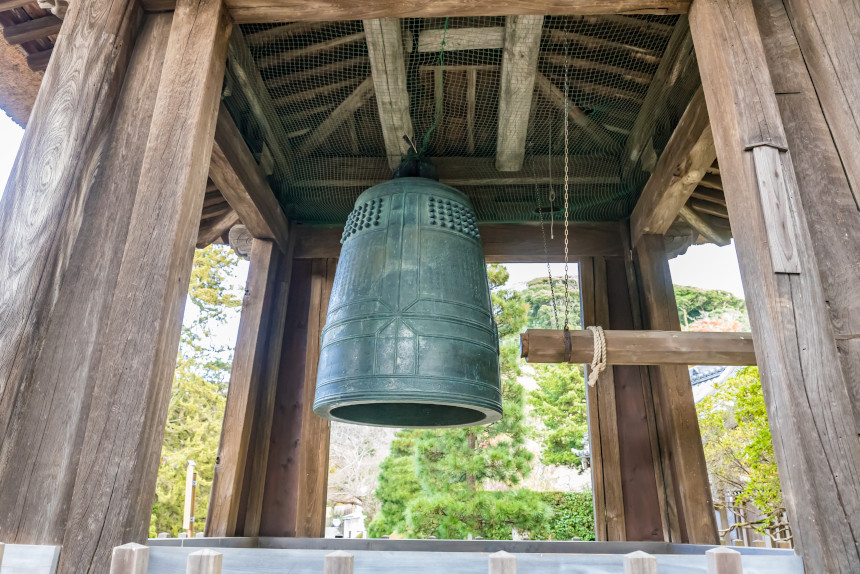
Joyanokane is practiced at the Buddhist temples in Japan in an event that begins on New Year’s Eve and ends at the stroke of midnight. The temples ring their bells 107 times with a final, 108th ring striking at the exact stroke of midnight. The number comes from the Buddhist belief that there are 108 impure desires; the bell-ringing is supposed to purify people of those in preparation for a new year.
Another Japanese tradition is the eating of soba noodles, specifically Toshikoshi soba. That word literally means “year-crossing.”
3. Turkey: Salting Your Door
The Turkish people sprinkle salt on the threshold or doorstep at the turn of midnight. The general belief is that it promotes peace. Another doorstep tradition in Turkey is smashing pomegranates for prosperity.
4. Brazil: Flowers for Yemoja
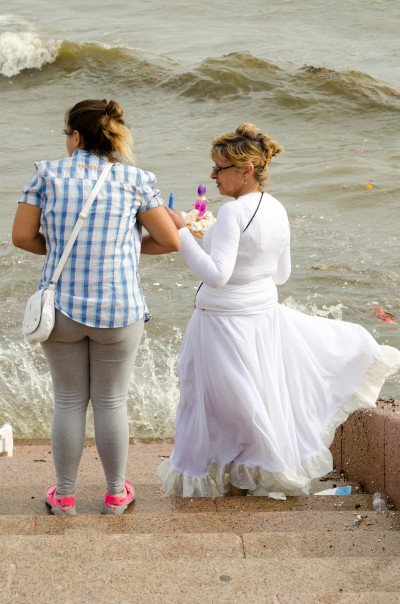
The African goddess of the ocean, Yemoja is also a patron of mothers and pregnancy, as well as fishermen. In Brazil and other South American countries, it’s customary to throw white flowers into the waters on New Year’s Eve in honor of her.
5. Denmark: Breaking Plates

That’s right. In Denmark, you break dishes on the doorsteps of those you wish good fortune to, like your neighbors and friends. It’s thought that the more debris at your door, the better your new year will be.
6. Spain: Grape Countdown
This Spanish tradition combines counting the seconds to midnight and eating grapes. Starting at twelve seconds to midnight, people will try to eat twelve grapes before the ball drops to guarantee good luck. The flip side is that it’s considered bad luck if you fail to eat the whole dozen.
7. Greece: Onions
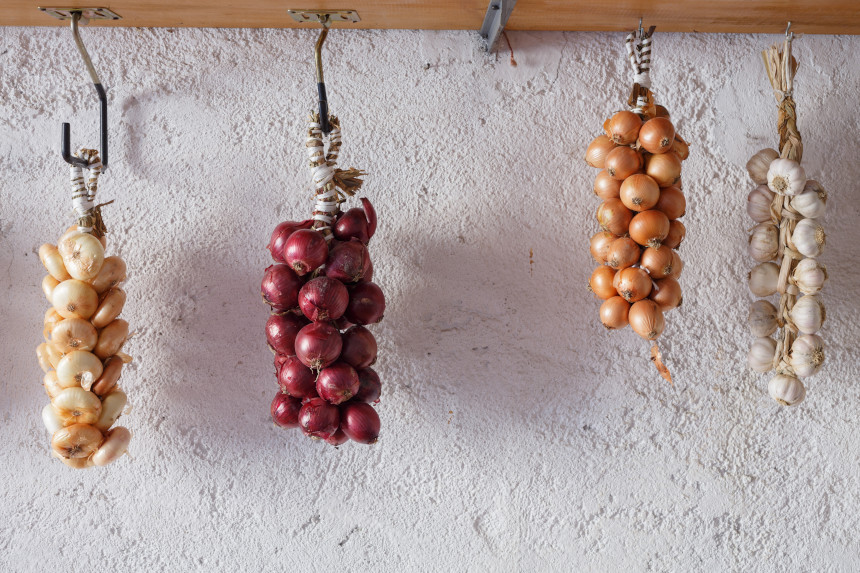
It’s not unusual for most holidays to be marked by the hanging or display of some kind of plant. Consider pumpkins for Halloween or mistletoe for Christmas. In Greece, it’s tradition to hang onion at your door.
8. Singapore: Wishing Spheres
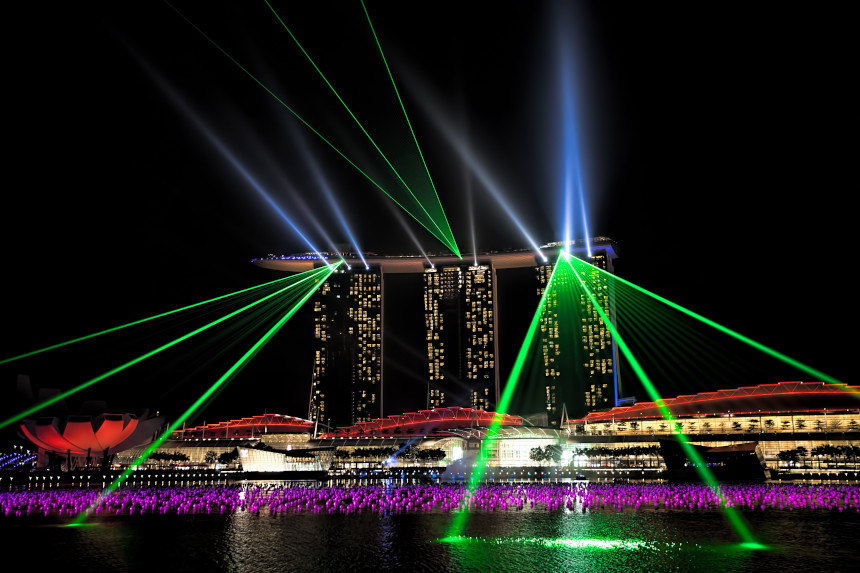
A wishing sphere is a floating globe. People will write all of their hopes for the next year on the sphere, and then release them with thousands of other celebrants into the Singapore River.
9. Ecuador: Effigies
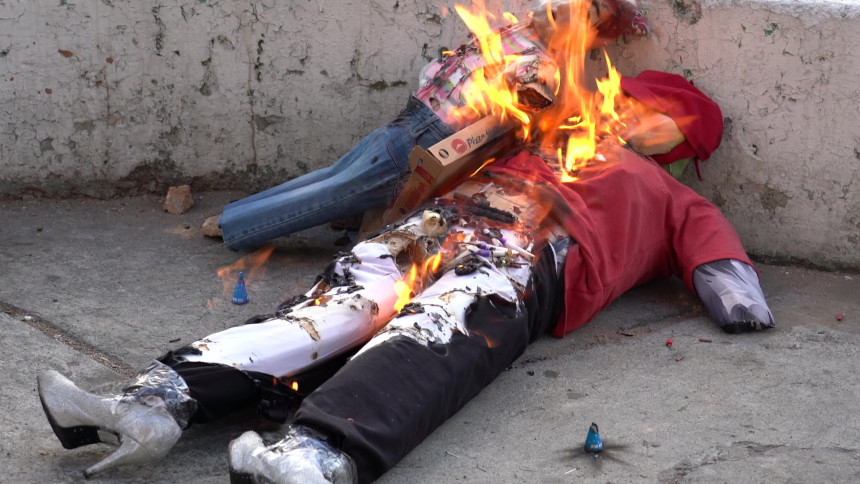
If you’re shooting for some catharsis, you might want to try the Ecuadorian tradition of getting rid of the worst parts of the previous year with fire. People create scarecrows or effigies, often made to look like politicians, and burn them in hopes of having a better new year.
10. Scotland: First Footing
Hogmanay means “first footing,” and it’s a reference to the first person who steps foot into your home after the stroke of midnight for New Year’s. A tall person with dark hair entering your home is said to be a good omen for the new year.
Featured image: Shutterstock
Become a Saturday Evening Post member and enjoy unlimited access. Subscribe now



